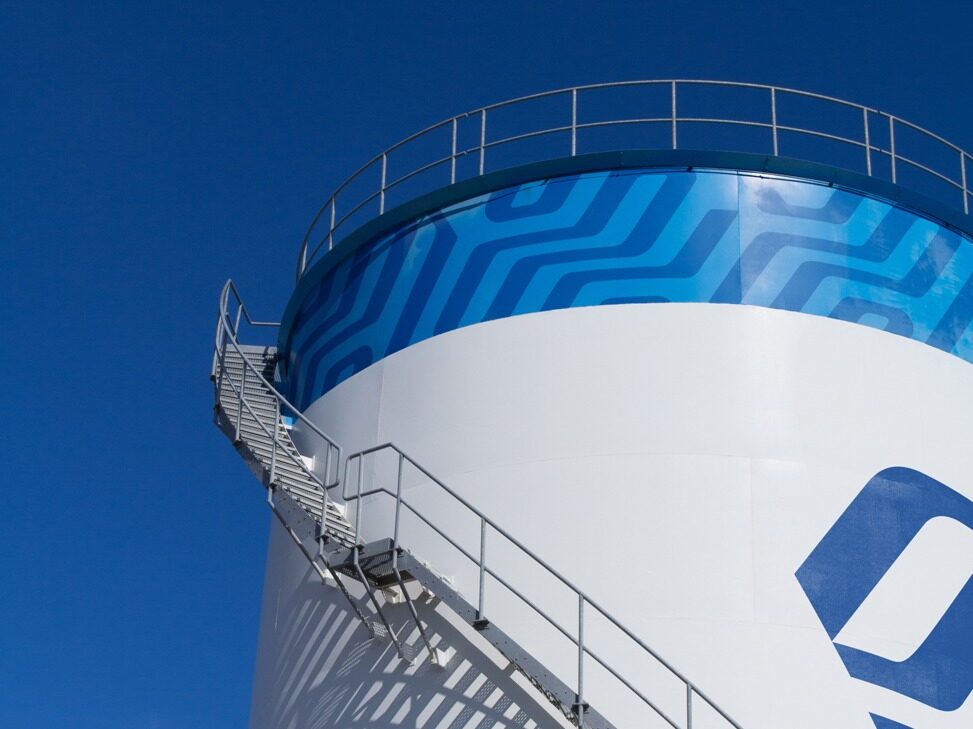- The two sides signed a memorandum of understanding to accelerate the construction of Norwegian offshore new energy projects

Norwegian floating wind technology developer Odfjell Oceanwind, exploration and production (E&P) company OKEA and utility company Trønder Energi have signed a memorandum of understanding to jointly assess the potential for developing floating offshore wind farms that will be connected to the Draugen platform. The project’s floating wind turbines will provide renewable energy to the Draugen platform and utilize Draugen’s infrastructure, including planned shore power.
Norwegian offshore wind power project
Odfjell Oceanwind is also considering using a potential wind farm as a flexible storage location for its mobile offshore wind power unit (MOWU) to produce renewable energy for off-grid applications during the contract period. The Draugen oil field in the Norwegian Sea was operated by Shell until it was sold to OKEA in 2018. The oil field has been developed and has concrete fixed facilities and integrated upper parts, as well as platforms and subsea wells. Stabilized oil is stored in storage tanks at the bottom of the facility. Two pipelines connect the facility to the floating loading buoy.

In July 2021, OKEA and its partners Petoro and NeptuneEnergyNorge decided to develop Hasselmus gas discovery offshore Norway as a subsea connection to the Draugen platform, and subsequently signed a contract with AkerSolutions to modify the platform to allow processing of natural gas from the Hasselmus discovery . A floating wind farm may be added to the development. The next step for Odfjell Oceanwind, OKEA and Trønder Energi is to conduct early technical, economic and regulatory assessments, and study the potential impact on the environment and climate, and then, according to the three partners, continue to advance the project.
Odfjell Oceanwind was created after Odfjell Drilling acquired a controlling stake in Oceanwind last year. The company develops, owns and operates a group of floating MOWUs, with the main purpose of supplying power to consumers who are “off-grid” or “microgrid”. According to Odfjell Oceanwind, MOWU is well suited to provide limited power to oil and gas installations that require electricity, usually until the end of production in that particular oil field.
In June 2021, Siemens Gamesa and Siemens Energy signed an agreement to jointly develop MOWU with the company, aiming to jointly develop MOWU with Odfjell Oceanwind's WindGrid™ hybrid microgrid. MOWU aims to use SiemensGamesa SG14-222DD or SG11.0-200DD offshore wind turbines, which have a capacity of 14MW or 11MW, respectively. In the same month, DNV completed a proof-of-concept review of the WindGrid™ system for mobile offshore wind turbines, confirming the technical feasibility of the system. A few months later, in August, Odfjell Oceanwind received a pre-project grant from the Norwegian Climate and Energy Technology Fund Enova to complete its first MOWU and WindGrid commercial contract for the electrification of oil and gas installations. Keywords: engineering news, engineering construction
As Equinor is currently building the HywindTampen project, Norway already has the world's first development project involving the electrification of oil and gas platforms and floating offshore wind power. HywindTampen will be the first floating offshore wind power project to provide renewable energy for oil and gas installations. The wind farm is expected to meet about 35% of the annual electricity demand of the five platforms of the Gullfaks and Snorre oil fields (Snorre A and B and Gullfaks A, B and C). Editor/Xing Wentao
Comment
 Praise
Praise
 Collect
Collect
 Comment
Comment
 Search
Search














Write something~